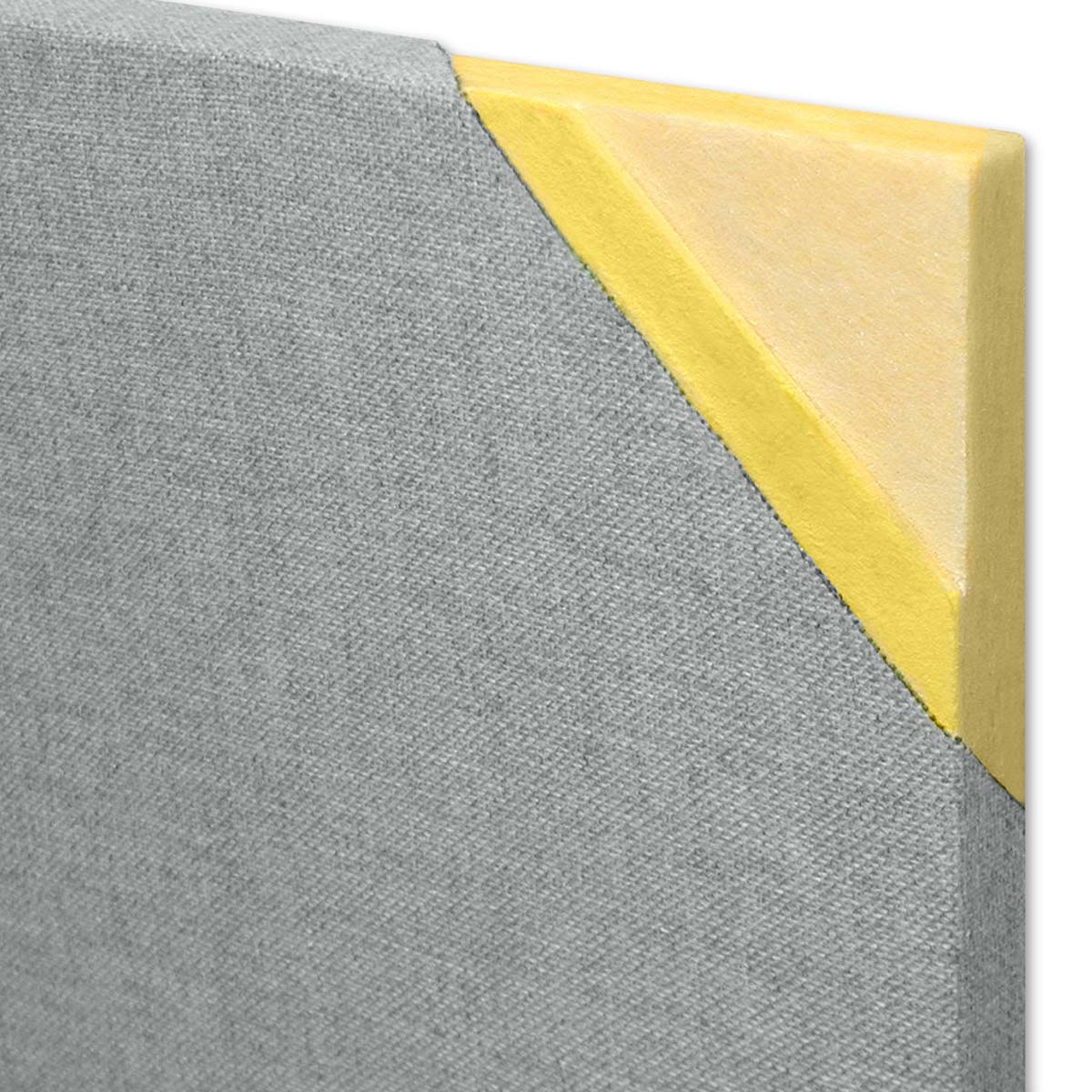Sound Matters: Improve Your Setting with Acoustic Solutions
Sound Matters: Improve Your Setting with Acoustic Solutions
Blog Article
Attain Perfect Consistency in Your Home With Efficient Soundproofing Techniques for Optimal Acoustics
Soundproofing plays an essential duty in achieving ideal acoustics, affecting the method we experience and connect with our living spaces. By comprehending the fundamentals of soundproofing, determining resources of sound disruptions, choosing ideal materials, and applying tried and tested techniques, you can change your home into a shelter of tranquility where noise improves instead than disrupts.

Comprehending Soundproofing Fundamentals
What are the essential principles that underlie effective soundproofing techniques? Soundproofing is rooted in the understanding of how acoustic waves traveling and engage with different materials. The key to effective soundproofing hinges on interrupting or taking in these acoustic waves to minimize their transmission from one space to an additional. This can be attained with various methods, such as including mass to wall surfaces, floors, and ceilings, securing voids and fractures to avoid sound leak, and utilizing sound-absorbing materials like acoustic panels or carpetings (acoustic solutions).
Recognizing the idea of sound transmission class (STC) ratings is critical in choosing the best products for soundproofing. The STC rating determines how well a material can decrease air-borne sound transmission via it, with higher STC rankings suggesting far better soundproofing abilities. Additionally, taking into consideration the effect of impact insulation class (IIC) rankings for minimizing impact sound, such as footsteps or furniture moving, can further improve the performance of soundproofing options.
Assessing Noise Resources in Your Home
Structure upon the foundational understanding of soundproofing principles, a critical action in reliable noise reduction within your home entails identifying and examining the various sources of undesirable sound. Noise sources can be classified into two primary kinds: airborne noise, which consists of seem like conversations, music, and tv, and influence noise, such as steps or products being gone down. To assess these sources, think about the various rooms in your home and the activities that normally take place in each. As an example, the living-room might have extra air-borne noise from home entertainment systems, while effect sound from footprints might be a concern in areas with hard flooring like hallways or kitchen areas.
Additionally, consider external resources of sound, such as web traffic, neighbors, or nearby construction, which can additionally affect the acoustics within your home. acoustic solutions. Determining these sources will certainly aid you prioritize areas for soundproofing and pick one of the most efficient solutions. By determining the details noise sources in your house, you can tailor your soundproofing efforts to attain ideal results and develop a much more tranquil and unified living setting
Picking the Right Soundproofing Materials
When choosing soundproofing products for your home, it is important to focus on performance and compatibility with your particular sound concerns. Think about aspects such as the kind of noise you are trying to obstruct, the degree of soundproofing needed, and the aesthetic appeals of the products to guarantee they blend perfectly right into your space.
One usual material for soundproofing is acoustic foam. One more choice is mass-loaded vinyl, which is effective in blocking out low-frequency sounds like web traffic or machinery audios.
Curtains and carpets made from sound-absorbing materials are also effective in moistening noise, specifically in areas with difficult surfaces that cause audio to bounce about. Bear in mind, the secret to successful soundproofing is picking the best products that resolve your specific sound concerns while boosting the general comfort and acoustics of your home.
Executing Soundproofing Techniques
To efficiently implement soundproofing techniques in your house, it is critical to begin by examining the areas that are most susceptible to sound seepage. Common sources of sound can include external audios from web traffic, neighbors, or nearby building and construction, along with interior sources like devices, plumbing, and entertainment systems. As soon as you have identified these locations, you can begin implementing soundproofing remedies tailored per certain space.

For more considerable noise reduction, think about setting up soundproof drywall, double-glazed home windows, or durable networks to separate resonances. Furthermore, reorganizing furnishings, including bookshelves, or integrating sound-absorbing materials can even more improve the acoustics of a space. By tactically executing these soundproofing methods, you can create a quieter and more tranquil living environment in your home.
Maintaining and Improving Acoustic Setting
After applying soundproofing strategies to attend to sound infiltration in your home, the emphasis changes in the direction of maintaining and improving the acoustic atmosphere to guarantee a regularly tranquil space. To maintain optimum acoustics, consistently my site evaluate soundproofing materials for wear and tear, guaranteeing they continue to be efficient in blocking undesirable noise. Keep windows and doors appropriately sealed to prevent audio leakage and consider including weather condition stripping or door moves for additional soundproofing.
Improving the acoustic setting can include tactical positioning of furniture, carpets, and curtains to dampen audio reflections and mirrors. Utilizing sound-absorbing products such as acoustic panels or foam can additionally enhance the general link sound top quality in your home. acoustic solutions. In addition, integrating soft home furnishings like pillows and coverings can help in reducing noise echo, producing an extra enjoyable acoustic experience
Additionally, buying sound-absorbing design components like bookshelves, tapestries, or plants can add to a well balanced acoustic atmosphere. Regularly decluttering your area can additionally avoid acoustic waves from bouncing off surfaces, inevitably improving the general acoustics of your home. By continually maintaining and improving your acoustic setting, you can create an unified and serene living space for on your own and your family members.
Conclusion
In final thought, attaining perfect harmony in your house via effective soundproofing techniques is necessary for optimum acoustics. By understanding soundproofing fundamentals, examining sound sources, picking the best products, implementing methods, and maintaining the acoustic environment, you can develop a tranquil and pleasurable home without undesirable noise disruptions. Prioritizing soundproofing initiatives can significantly enhance the overall quality of life in your house.
Report this page